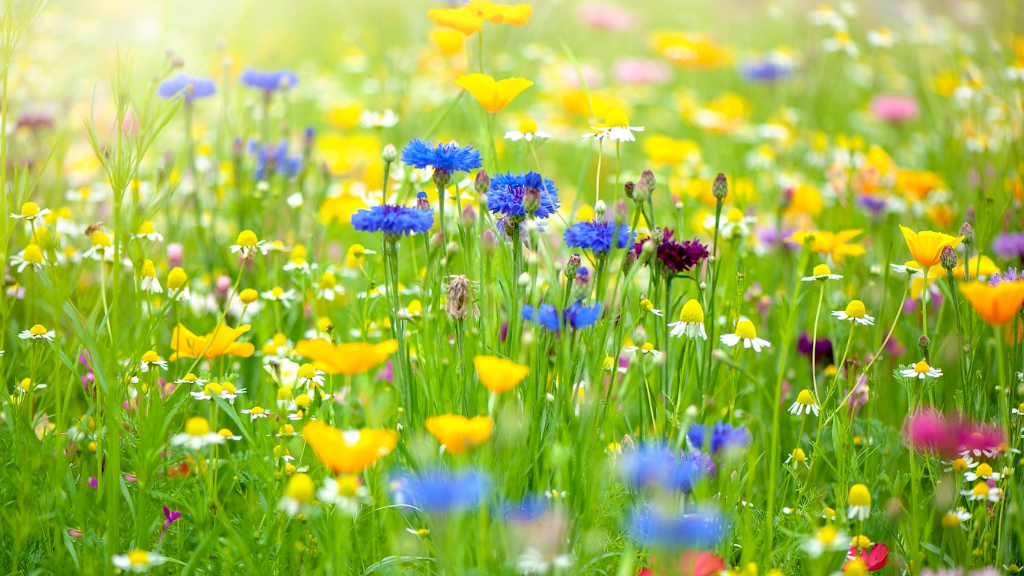Top 5 Tips for Growing Wildflowers

(Image credit: Jacky Parker Photography / Getty Images)

By
Mary H. Dyer
published
in Features
So you've decided to plant a wildflower garden. Where do you start? Here are our top 5 tips for wildflowers in the garden.
- Select the best seed for your area. Read the label carefully to be sure the plants are suitable for your growing conditions, or better yet, purchase wildflower seeds from a local grower. Native plants support a healthy, diverse ecosystem, unlike invasive or exotic plants that can crowd out useful native plants, destroy wildlife habitat and upset entire ecosystems.
- Choose a planting site carefully. Wildflowers require six to eight hours of sun per day, and well-drained soil is absolutely critical. Start with a small area, as your wildflower garden may require more maintenance than you expect, at least at first. Wildflowers naturally reseed themselves and your wildflower garden will soon begin to expand.
- Prepare the soil. Remove weeds, rake out rocks and large clods, and then dig the soil to a depth of 12 to 20 inches. Dig in manure, compost or other organic material if the soil is poor, but don't bother with fertilizer; wildflowers don't need rich soil and may not survive. Rake the soil smooth before planting wildflower seeds. If the area is weedy, consider waiting a couple of weeks, and then remove weeds that have sprouted before planting your wildflower seeds.
- Plant seeds in spring or fall. Late fall is best in most climates because some seeds require a dormant period before they can germinate. Many wildflower seeds are tiny, so mix the seeds with sand for more even distribution. Once planted, tamp the seeds down lightly with a board or roller so they make contact with the soil, but don't cover them, as wildflower seeds can't germinate without sunlight. If squirrels or other rodents are a problem, cover the area with wire mesh. A layer of straw or mulch prevents moisture loss and discourages seeds from eating newly planted seeds.
- Water regularly until plants are established. Thereafter, wildflowers are drought-tolerant and can survive very dry conditions. However, an occasional watering produces bushier plants and showier flowers. As a general rule, about ½ inch of water per week during warm, dry weather is plenty.
Gardening tips, videos, info and more delivered right to your inbox!
Sign up for the Gardening Know How newsletter today and receive a free copy of our e-book "How to Grow Delicious Tomatoes".

Writer
A Credentialed Garden Writer, Mary H. Dyer was with Gardening Know How in the very beginning, publishing articles as early as 2007.